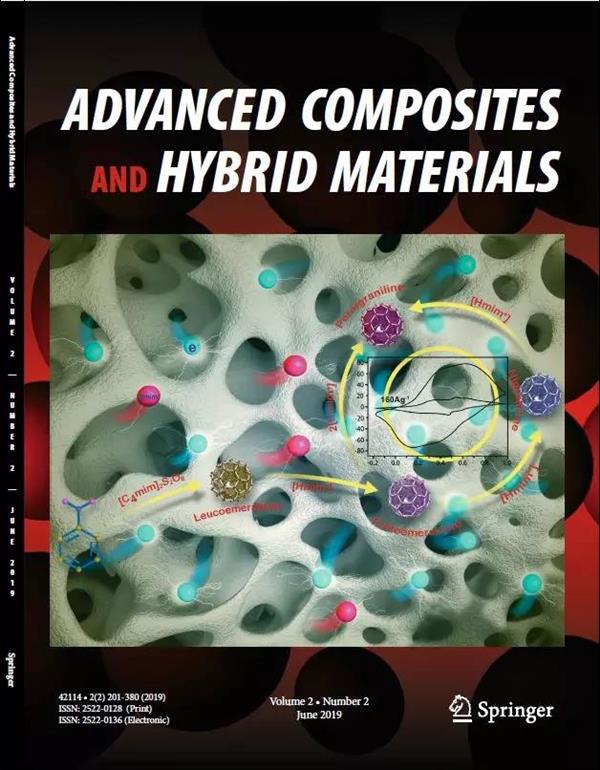Preparation of carbon-based conductive hydrogels and their potential for promoting nerve regeneration
Abstract
Conductive hydrogels have the potential to facilitate nerve regeneration through various mechanisms, including providing physical support, enabling electrical signal transmission, and stimulating nerve cells to release growth factors. Carbon-based conductive materials, such as carbon nanotubes (CNTs) and graphene oxide (GO), are widely used in the construction of conductive hydrogels due to their advantages in electrical conductivity and biosafety. Herein, we fabricated conductive hydrogels by incorporating CNTs or GO into gelatin or chitosan. The gelatin- and chitosan-based electrospun fiber hydrogels were synthesized at room temperature using acetic acid/hexafluoroisopropanol and acetic acid/water as solvents, respectively. Subsequently, we investigated the morphology, swelling properties, mechanical properties, and electrical performance of the hydrogels. Scanning electron microscopy (SEM) images verified the uniform distribution of CNTs and GO within the different hydrogel formulations. The network structure formed by CNTs enhanced the swelling rate of the hydrogels. The incorporation of CNTs and GO elevated the compression elastic moduli of the hydrogels. Conductivity experiments revealed that the conductivity of graphene oxide was significantly improved upon soaking with sodium ascorbate. Notably, chitosan hydrogels containing reduced graphene oxide exhibited the highest conductivity. Pheochromocytoma 12 (PC12) cells could adhere to and spread on the hydrogels surface. These findings suggest that conductive hydrogels hold great promise as candidates for nerve repair in the future.

 求助内容:
求助内容: 应助结果提醒方式:
应助结果提醒方式:


